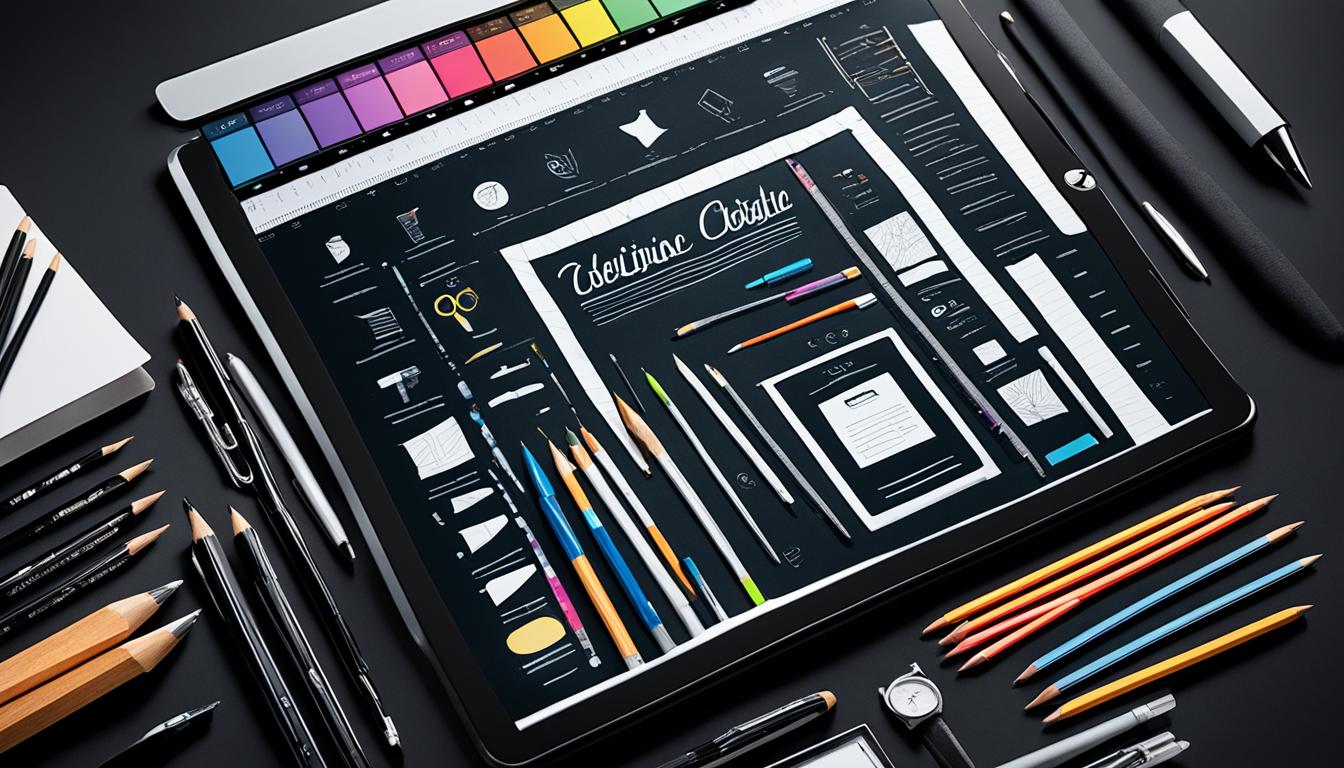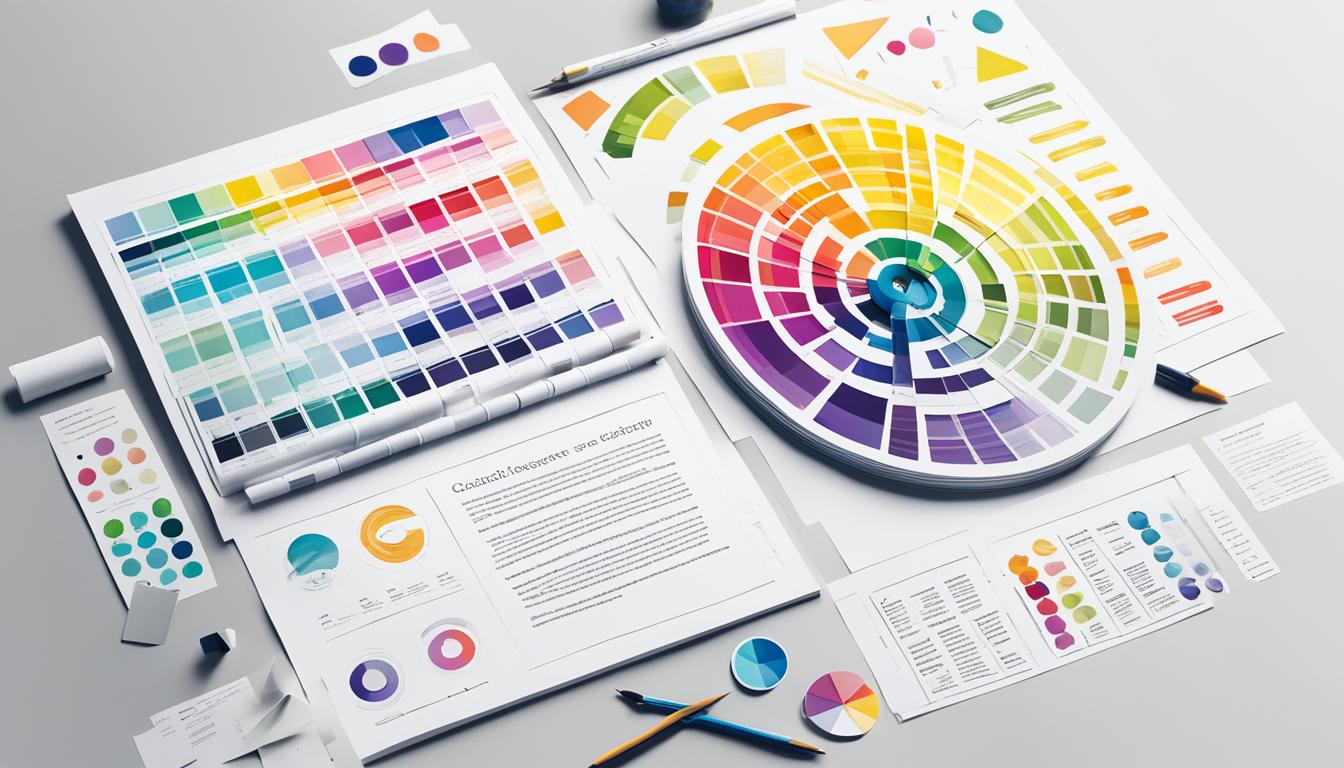Crafting a Graphic Design Portfolio Guide
Creating a graphic design portfolio is essential for aspiring designers looking to showcase their talent and attract top clients. An impressive portfolio allows you to demonstrate your skills, creativity, and unique design style. With the advancement in digital tools like Adobe Illustrator and Photoshop, it has become easier than ever to create a portfolio that stands out in a crowded market.
In this guide, we will explore the steps to build a compelling graphic design portfolio that reflects your abilities and helps you succeed in your creative journey. Whether you are a beginner or an experienced designer, having a thoughtfully curated portfolio is crucial to distinguish yourself from the competition.
Let’s dive into the world of portfolio creation and discover the strategies that will set you apart in the industry.
Building a Graphic Design Portfolio
Building a graphic design portfolio is no longer about carrying around physical copies of your work. It now involves creating an online portfolio website that can be easily accessed by potential clients worldwide.
Choosing the right portfolio template is crucial, considering your target audience and goals.
Once you have selected a template, you can customize it to reflect your personal style. Add a biography, contact information, and choose color schemes that align with your branding. This will help create a cohesive and professional look for your portfolio website.
You can start uploading your work and organize it into different categories. Your portfolio should include a variety of design pieces, such as:
- Animation
- Logo designs
- Packaging
- Product design
The specific types of design pieces you include will depend on your career stage and the areas in which you excel. Remember to include your best work and showcase your versatility and skills.
Customizing Your Portfolio Template
Customizing your portfolio template is key to making your portfolio unique and memorable. It allows you to showcase your creativity and attention to detail. Here are a few customization tips:
- Choose a template that aligns with your design aesthetic and target audience.
- Add a personal touch by incorporating your own color schemes, fonts, and graphic elements.
- Make sure to include a clear and concise biography that highlights your experience and areas of expertise.
- Include your contact information so potential clients can easily reach out to you.
- Consider creating a separate section to showcase client testimonials or feedback.
Captivating Potential Clients
Your portfolio website is your digital showcase, and it should captivate potential clients from the moment they land on your page. Here are some strategies to engage and impress your audience:
“Your portfolio website should be visually appealing, easy to navigate, and showcase your best work. It should effectively communicate your skills, creativity, and professionalism.”
- Keep your portfolio website clean and clutter-free, allowing your designs to take center stage.
- Use high-quality images of your work to provide a clear representation of your skills and attention to detail.
- Ensure that your portfolio website is mobile-friendly, as most people browse the internet on their smartphones.
- Include a variety of projects that demonstrate your versatility and ability to tackle different design challenges.
By following these tips and consistently updating your portfolio with new and impressive work, you can attract potential clients and establish yourself as a talented graphic designer in the industry.
Tips for an Impressive Graphic Design Portfolio
Creating an impressive graphic design portfolio requires careful consideration and strategic planning. One of the first tips is to specialize in a specific design discipline. By honing your skills and expertise in a particular area, you can demonstrate your depth of knowledge and stand out in the competitive industry.
Showcasing your personality and unique design style is also essential. Your portfolio should reflect who you are as a designer and capture the attention of potential clients. Whether it’s through your choice of colors, typography, or overall aesthetic, let your portfolio speak volumes about your creative vision and talents.
Additionally, it’s crucial to demonstrate your experience through well-executed case studies. By explaining your problem-solving approach and thought process behind each project, you can effectively communicate your design thinking to clients. This not only showcases your expertise but also builds trust and confidence in your abilities.
Remember to give credit where credit is due. Acknowledge and appreciate the colleagues who have contributed to your work. This not only shows professionalism but also cultivates a collaborative environment within the design industry.
When selecting projects to include in your portfolio, choose those that are meaningful to you and highlight your passion as a designer. By showcasing the projects that resonate with you, you can demonstrate your dedication and love for your craft.
Utilize social platforms to advertise your work and increase your visibility. Share your portfolio on platforms like Instagram, Behance, or Dribbble to reach a wider audience and attract potential clients.
While having a comprehensive online portfolio is crucial, it’s also beneficial to focus on specific projects by creating a PDF portfolio that can be easily shared with clients. This allows you to tailor your work to specific audiences and showcase the depth of your expertise on a particular subject or style.
Being original sets you apart from the crowd. Avoid following popular design trends and instead, strive to bring fresh ideas and innovative concepts to the table. Originality demonstrates your creativity and ability to think outside the box.
Finally, don’t forget to keep your portfolio updated. Add new work regularly and remove any outdated or irrelevant pieces. Staying current and showcasing your most recent projects ensures that your portfolio always reflects your evolving skills and expertise.
FAQ
Why is creating a graphic design portfolio important?
Creating a graphic design portfolio is essential for showcasing your talent and attracting top clients. It helps you stand out in a crowded market and reflects your skills as a designer.
What does building a graphic design portfolio involve?
Building a graphic design portfolio now involves creating an online portfolio website that can be easily accessed by potential clients worldwide. It includes choosing the right portfolio template, customizing it to reflect your personal style, and uploading your work.
What should be included in a graphic design portfolio?
Your graphic design portfolio should include a variety of design pieces, such as animation, logo designs, packaging, and product design, depending on your career stage.
How can I create an impressive graphic design portfolio?
To create an impressive graphic design portfolio, you can specialize in a specific design discipline, show your personality and unique design style, demonstrate your experience through case studies, give credit to colleagues who contributed to your work, select meaningful projects, advertise your work on social platforms, focus on specific projects with a PDF portfolio, be original, and keep your portfolio updated.










